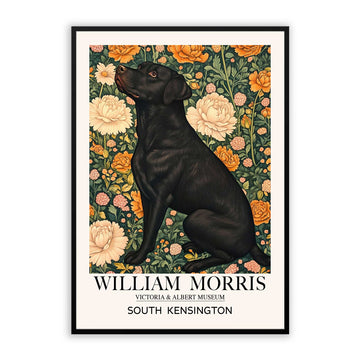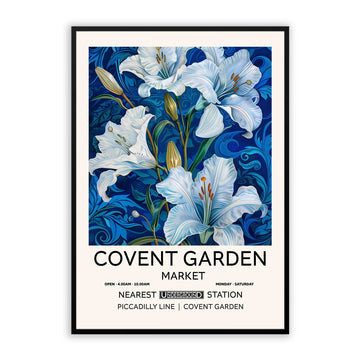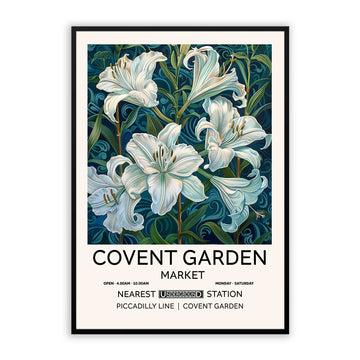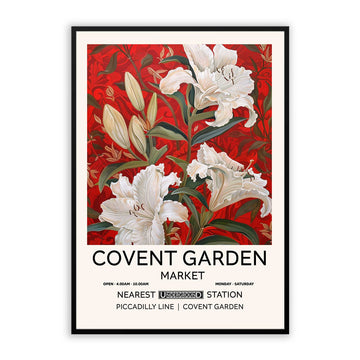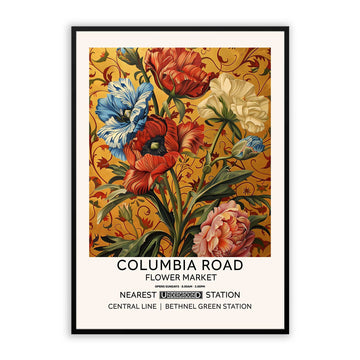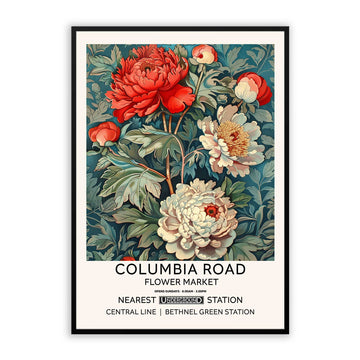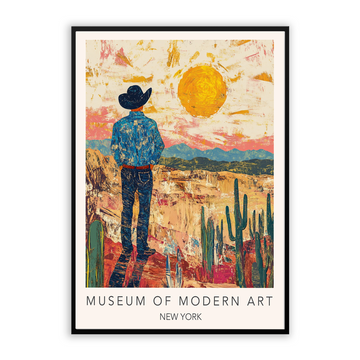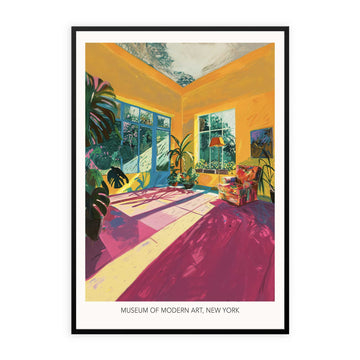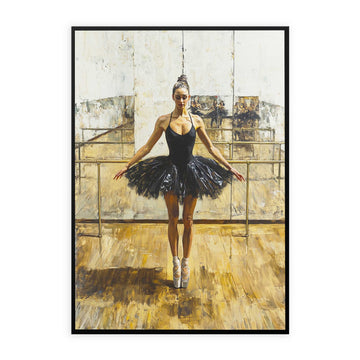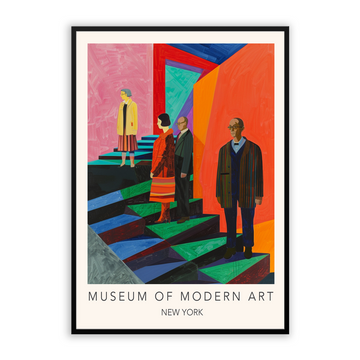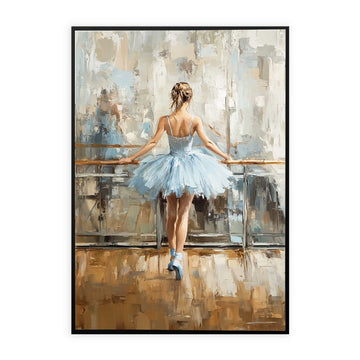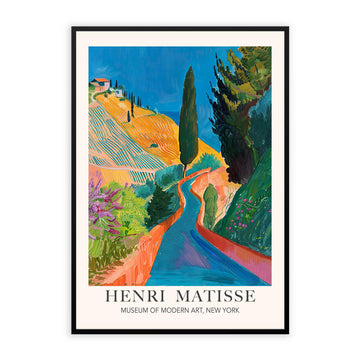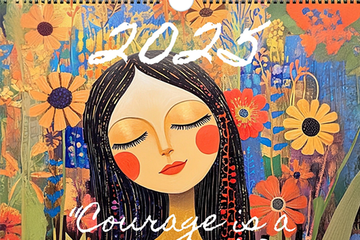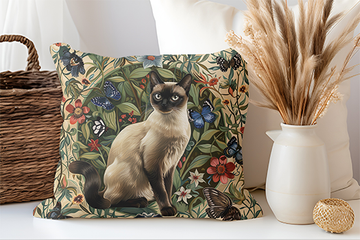

The Art of Balance: Harmonising Your Home with Stunning Wall Pieces
Your go-to resource for mastering the art of sizes in wall art. In this comprehensive guide, we'll demystify the of choosing the perfect dimensions for your artwork.
Choosing the right size for your wall art is akin to selecting the right ingredients for a recipe. It sets the tone, establishes the mood, and influences how the space is perceived.
Small details can make a big impact, and in the realm of wall art, size is a detail that demands attention.
1. Room Size Dynamics:
Consider the room as your canvas. In a small room, smaller art pieces create an intimate, snug atmosphere. They add character without overwhelming the limited space. Conversely, in a larger room, think big and bold. Large wall art pieces can anchor the space, preventing it from feeling empty or cavernous.
2. Purpose and Placement:
Consider the purpose of the art print and where you plan to display it. Is it a focal point in the living room, a subtle addition to the bedroom, or part of a gallery wall? The intended placement will influence the ideal size.
3. Furniture Proximity:
If the print will be placed near furniture, consider the relationship between the print and the furnishings. The width of the print should ideally be about 2/3 to 3/4 of the width of the furniture below.
4. Standard Sizes:
Many art prints are available in standard sizes (e.g., 8x10, 16x20, 24x36). These sizes are common for a reason—they often fit well in standard frames and are versatile for various spaces.

5. Vibe Check:
Each room has its own vibe, a unique energy that deserves to be complemented. For the bedroom, where tranquility reigns, opt for smaller, more personal pieces that create a cocoon of calm. In the living room, the social epicenter of your home, make a statement. Larger, attention-grabbing art can set the tone and serve as a conversation starter.
6. The Art of Mixing: or the Gallery Wall
Planning a gallery wall with multiple pieces? If you're creating a gallery wall with multiple prints, plan the layout on the floor first.
Ensure a cohesive look by balancing different sizes and maintaining a visual flow between the print Measure the entire width and height the gallery will cover to ensure it fits well on the chosen wall
Don't be afraid to mix different sizes and shapes. Combine small framed prints with a standout centrepiece to create a curated gallery feel. It's like crafting a playlist where each piece harmonizes with the others.

7. Consider Ceiling Height:
In rooms with high ceilings, you have the luxury to go big. For lower ceilings, avoid oversized art that might make the room feel cramped.
8. Eye Level Rule:
Hang your art at eye level—this is the golden rule. By placing your artwork at the viewer's eye level, you ensure that it's easily accessible and engages with people at their most natural viewing height. No one wants to strain their neck to appreciate a masterpiece, right?
9. Adding a Personal Touch:
Consider your personal style and the atmosphere you want to create.
Infuse your personality into the art choices. Whether it's a DIY piece that captures your creative spirit or a blown-up photo that holds sentimental value, let your walls speak your language
If you're aiming for a bold and dynamic look, larger prints might be the way to go. For a more subtle and intricate vibe, smaller prints may be suitable
10.Think Beyond the Frame:
Don't just focus on the physical frame. The negative space around the artwork contributes to the overall visual impact. Consider the wall as your canvas, and the artwork as the focal point.
11. Trust Your Instincts:
In the vast world of art, rules are meant to guide, not confine. Trust your instincts. If a piece speaks to you, if it resonates with your room it's probably meant to be your walls. Your space is an extension of yourself, and your art choices should reflect your unique style and taste.
12.Single Statement Piece

